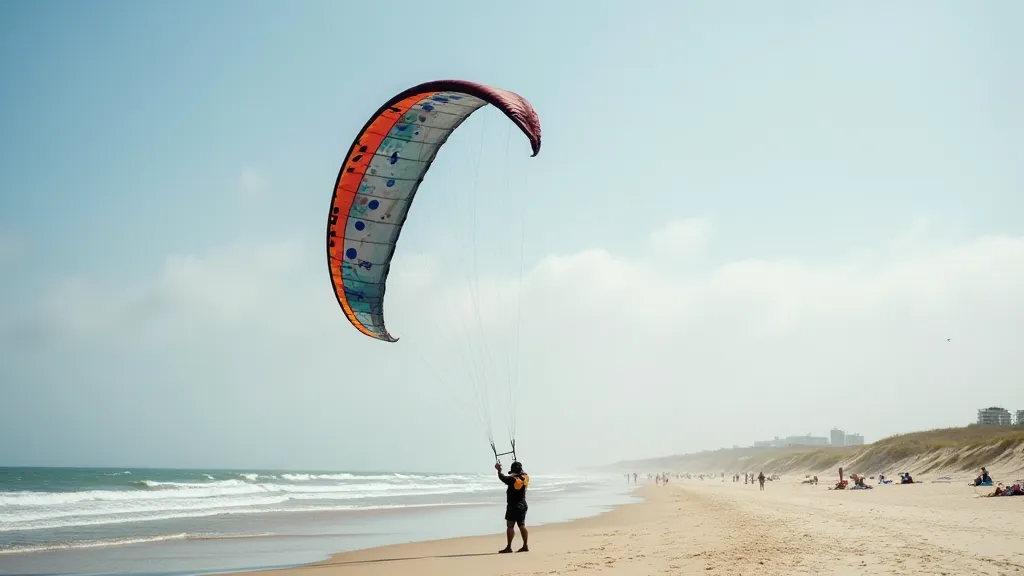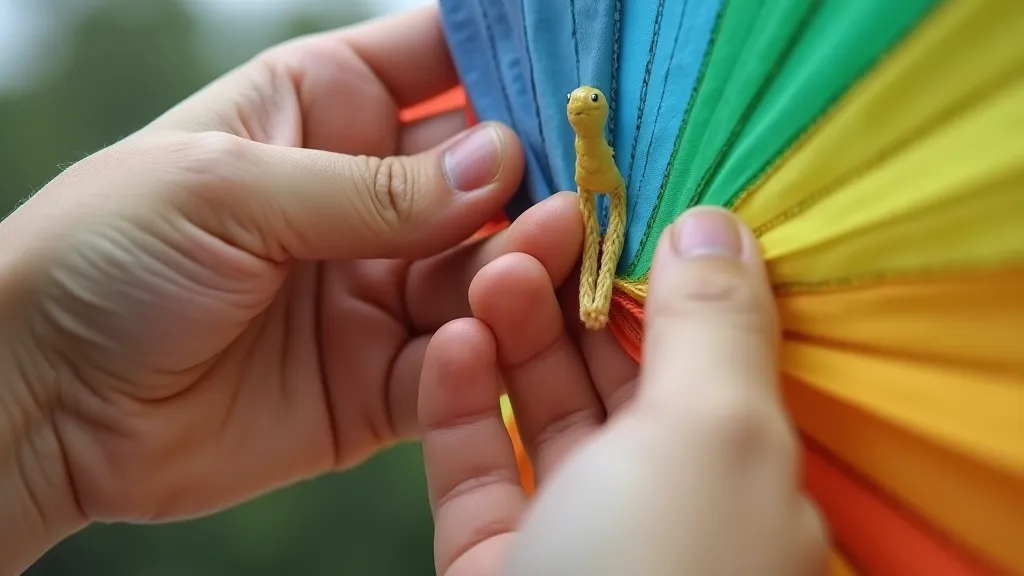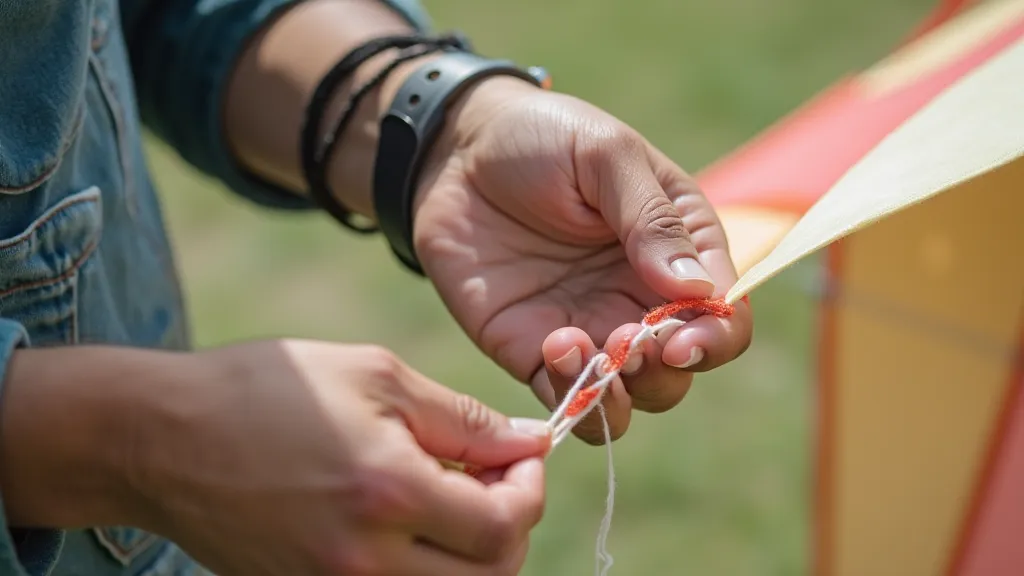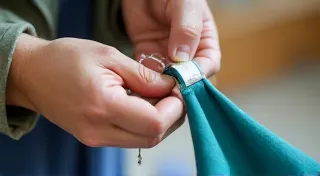Kite Flying Safety Tips: Protecting Yourself and Your Kite
Kite flying is a fantastic hobby, offering a unique blend of creativity and outdoor fun. However, just like any activity, it comes with inherent risks. Ensuring your safety and the safety of those around you is paramount. This article provides essential kite flying safety tips to help you enjoy the hobby responsibly.
Understanding Wind Conditions
Wind is the lifeblood of kite flying, but it's crucial to understand its behavior. Kite flying is best enjoyed in moderate wind conditions, typically between 8 and 25 mph. Strong gusts can easily overpower a kite, making it difficult to control and posing a risk of injury.

Before heading out, check the local wind forecast. Be aware of sudden shifts in wind direction and strength. If the wind is excessively strong or unpredictable, it’s best to postpone your flying session. Pay attention to warning flags or signs indicating unsafe wind conditions.
Power Lines: The Biggest Danger
This is the most critical safety aspect. Power lines pose a severe electrocution hazard. Never fly a kite near power lines. Even a seemingly lightweight kite can become a conductor when wet, creating a dangerous path for electricity.

Maintain a significant distance from power lines – at least 100 feet is a good rule of thumb. Look up *before* you start flying to assess potential hazards. Educate children about this danger – they need to understand the seriousness of the risk.
Crowded Areas and Obstacles
Choose a spacious, open area away from buildings, trees, roads, and crowds of people. A park, field, or beach is ideal. Consider the kite’s size and shape – larger kites require more space to maneuver safely. Be mindful of bystanders and avoid flying directly over populated areas.

Always be aware of your surroundings. A runaway kite can easily drift into unexpected locations, potentially causing injury or property damage.
Kite Material and Construction
Regularly inspect your kite for damage before each flight. Tears, loose bridles, or broken spars can compromise the kite's stability and controllability. Use durable, appropriate materials for kite building, and ensure all connections are secure. For those new to kite making, start with simple designs and gradually progress to more complex ones.

Bridle Adjustment and Control
Proper bridle adjustment is essential for optimal kite performance and control. A poorly adjusted bridle can make the kite unstable and difficult to manage. Learn about bridle adjustments and how they affect kite behavior. Practice flying in calm conditions to develop your kite-flying skills.

Responsible Kite Flying
Be considerate of others. Avoid flying kites that are overly noisy or disruptive. Pack up all your equipment and dispose of any trash responsibly. Respect private property and always obtain permission before flying kites on private land. Remember, responsible kite flying ensures a safe and enjoyable experience for everyone.





